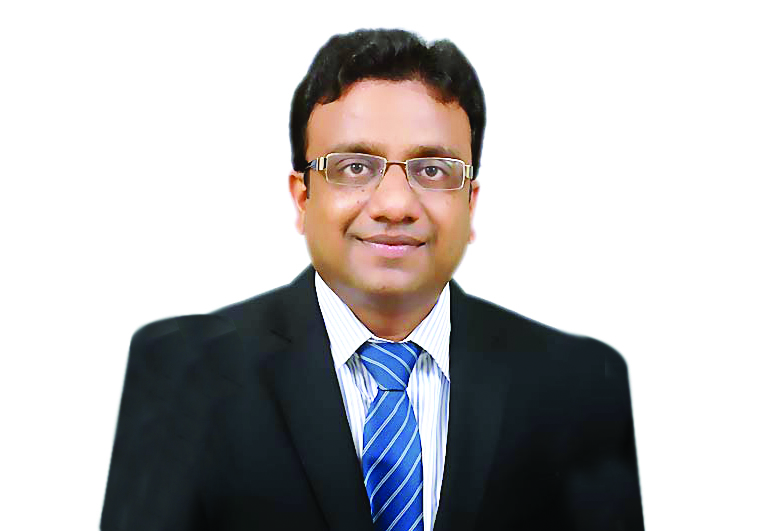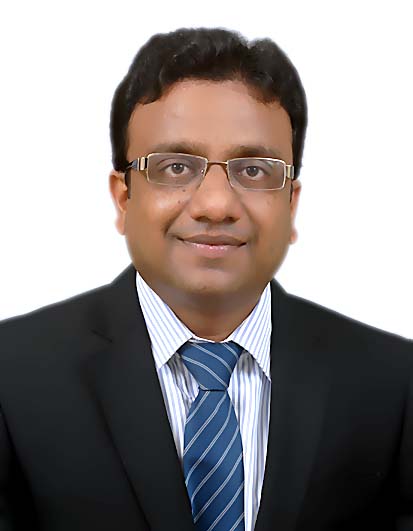

Arpan Bansal, AVP, Head – Govt COE, Newgen Software
Social Media is the quickest mode of mass communication today-one that is instant and engaging with widespread audience and cost-effective too. The importance of social media and its relevance in today’s world can easily be deciphered from the fact that viral social media posts have brought down governments, helped speed up justice delivery in crucial cases, demand stricter laws to fight corruption and so goes the list. Today there are more than two billion social media users across the world and India alone vouches for more than 145 million users. This widespread penetration of social media shouts out loud one clear message-that the power of this medium cannot be ignored and needs to be harnessed for bringing in positive changes to the society and people’s lives.
Collaborative governance & direct democracy -is it possible?
The idea of collaborative governance was more of a concept that didn’t resonate with common people as the government has always been an elusive entity. The prime set back being lack of information and a proper platform to voice citizen’s opinion. The result was apathy and disgruntled citizens.

However things have started changing ever since social media forayed into our lives. The wall has begun crumbling, and the government is being forced to take cognition that if it wants to make a dent into the “elusive entity” image to showcase itself as empathic and responsive, it has to go where the public is, which is on social media platforms.
Social Media for Government Communication-The logical next step

The Government agencies, till now, relied on traditional modes of communication with the public- National Television, radio and print. Though these are effective mediums, they are essentially unilateral modes of communication. With the penetration of social media the barrier in information flow is rapidly evaporating. Using social media as a communication channel is the logical next step for the government.
There are more than 50 per cent youth in the nation who are below the age of 25 and they are progressively becoming more informed and want their voices to be heard. To effectively leverage social media for citizen services, the government first needs to change its attitude towards this new means of communication. Instead of seeing it as a threat or an unruly medium, the government should see it as a medium of vast possibility-one that can bring them closer to the public, give them a feeler as to what the public wants and crowd sourcing ideas.
Lack of traction=Lack of direction
Governments using social media to reach the citizens is not a new concept anymore. The Indian Prime Minister has been the most tech savvy leader India has seen till date. He has been pushing the use of social media across all government agencies and has initiated guidelines and a committee for use of social media in governance. Apart from the PM, a few other top political leaders have taken to social media to reach out to the people. The External Affairs Ministry and the Prime Minister’s office are also actively using the social media. The Police, the Indian Railways and the Traffic Department has successfully been using social media for quite some time now.
However, there is a lack of well-knitted agenda on the use of social media for communication. So far we have seen sporadic use of the media by the government, across agencies and ranks. Some initiatives of the government has worked, for instance during the Libya and Yemen crisis, social media has been effectively used for evacuating Indian citizens. But these are sporadic cases. Many a times, things have boomeranged, for instance a tweet by a top politician invited internet troll. This is indicative enough that though the importance of the medium is now established, there is no effective plan/agenda in place to harness the medium.
What difference will Social media make in governance?
- Human Connect– So long, the government has been invisible to the public. Social connect will give a human face that will go a long way to establish trust
- Multiplier effect- Traditional means of communication are indispensable and social media has become a necessity. It has a multiplier effect that traditional communication cannot provide. Information disbursement has never been easier or more exciting than with social media. Social platforms deliver information within seconds, which when shared, has a multiplier effect and can reach more people than traditional media can.
- Read public sentiment- Social media is abuzz with noise and information. Government agencies will do good to track what people are talking about, what is trending, public sentiment for the government policies et al. However, things can go wrong if the government tries to control the noise. The moment the government tries to regulate content, be it negative talk or trolls, the very essence of social media as a platform for voicing opinion will get stifled. Therefore, the government and its agencies need to understand the platform and its dynamics before taking to it.
- Increase Responsiveness– Social media use by the government so far has illustrated how effectively it can create a connect with the citizens and respond quickly in cases of emergency. From spreading awareness on government policies, crisis management to campaigning- the sky is the limit for harnessing the medium
- Crowd sourcing- Collaborative governance is what government should look for. Crowd sourcing ideas is an excellent way to directly incorporate people’s views on policies and government initiatives. It makes for a two-way information exchange and can make the citizen feel that their voices are being heard
- Feedback– The beauty of social platforms is the two way information relay. Social media is effective only when the government is actually engaging with the audience and seeking feedback is the best way to get a feeler of public sentiment and improve governance.
Weaving Social Media in Communication Strategy
The bottleneck in the effective usage of social media as a mode of communication lies in the lack of planning, infrastructure and training. Though the Government has acted on the agenda for using social media in its communication, nothing concrete is visible so far.
Planning- A committee dedicated to government communication needs to chalk out how to plug in social media in their communication strategy. Social media is all about listening, tracking, monitoring and engagement. How these four elements will be achieved, is something that needs to be planned. Resources allocation and technology requirement, platform usage, scope of engagement, synergy between different channels of communication, compliance with laws and guidelines are important considerations to be made
Infrastructure- The government needs to invest in a viable infrastructure, one that is scalable and flexible. A Monitoring and Engagement platform with the given features is a necessity for effectively using this medium:
- Monitoring Social Channels- Logging into 10 different social accounts to track responses is a huge wastage of time, effort and resources. The Government needs to look for a unified platform with a single interface that collects and feeds information from all social channels into one platform. It can lend efficiency and convenience to the system
- Sentiment analysis- A social media monitoring solution is useful only if it is able to provide sentiment analysis of comments, tweets and responses. A sentiment analysis feature can automatically read conversations and flag items as positive or negative and create a bucket list of items that require attention or needs a response
- Respond and revert– This feature allows the government to be more responsive. Automate standard responses and create notifications for queries that demands a response
- Process initiation- The government is bound to receive requests or complaints that needs to be put to action within a definite time frame. A crisis message will have priority over other types of requests. This feature helps in initiating processes as per requests/queries type
- Archiving- The government in some countries is mandated to maintain records of social media information exchange/conversation with citizens. The archiving feature helps in complete record maintenance of social media conversations with citizens
Training-Government officials needs to be provided training to use social media correctly. Though times have changed and young officers can be found at all government agencies, yet training cannot be overlooked and is an important part of social media implementation for communication. In fact infrastructural requirement is not that big a barrier as resistance to adoption of social media is, by the government officials. Moreover, the Government needs to tread carefully as it deals with sensitive information. They need to ensure that there is no leakage of classified information, ensure quality of communication being sent out and ensure no copyright is being infringed.
Given the change we have been witnessing in the attitude of the citizens and the government, it can be concluded that people are looking forward to a more citizen-centric, high quality government services, policies, information disbursement and hence a more collaborative governance. The stage is set for such a collaboration to be possible. It is only a matter of time before the government agencies realize the value and the potential of technologies for harnessing social media for citizen services.
Be a part of Elets Collaborative Initiatives. Join Us for Upcoming Events and explore business opportunities. Like us on Facebook , connect with us on LinkedIn and follow us on Twitter, Instagram.











